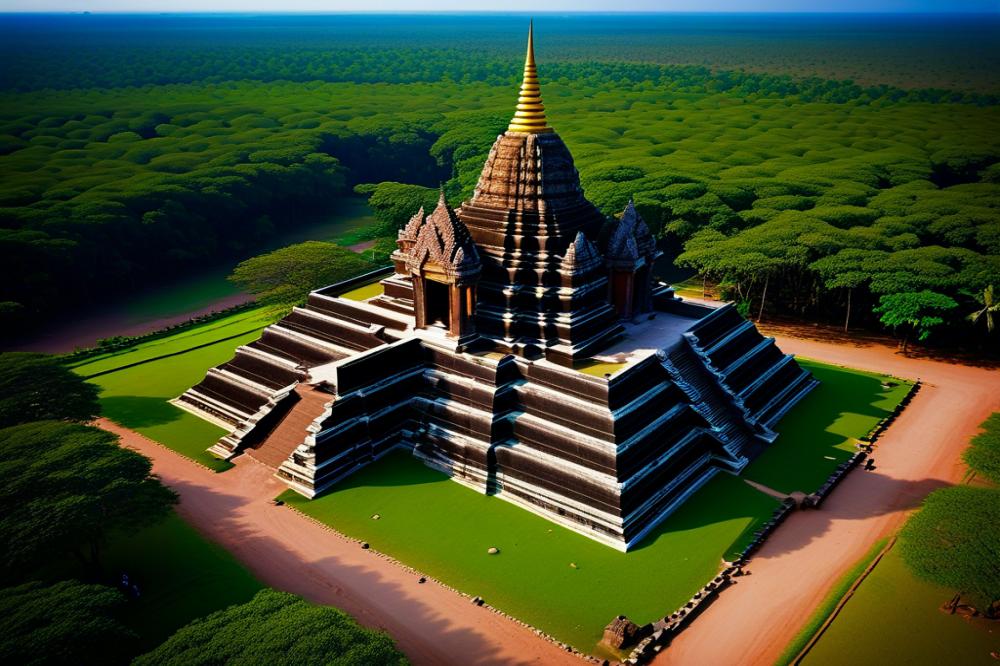Exploring the Ancient Site of Sambor Prei Kuk
Sambor Prei Kuk holds a special place in Cambodia‘s rich historical tapestry. This archaeological site offers a glimpse into the past, specifically during the period of the Khmer Empire. Renowned for its impressive temples, the site showcases ancient architecture that was once a center of worship and culture. Built in the 7th century, it predates the more famous Angkor Wat, revealing the empire’s early achievements.
Visitors to Sambor Prei Kuk can marvel at the intricate designs that have survived the test of time. The site features multiple temples surrounded by lush greenery, which creates a serene atmosphere. Over many years, excavation efforts have uncovered artifacts that tell stories of the people who lived and thrived here. These discoveries contribute significantly to our understanding of the Khmer Empire and its vast cultural heritage.
In 2017, UNESCO recognized Sambor Prei Kuk as a World Heritage site. This acknowledgment underscores its importance not just to Cambodia but to the world. Such recognition promotes tourism and encourages preservation efforts. Protecting these ancient ruins ensures that future generations can appreciate and learn from this significant part of history. Therefore, visitors are not only exploring a site; they are also engaging with the past in a meaningful way.
Historical Background
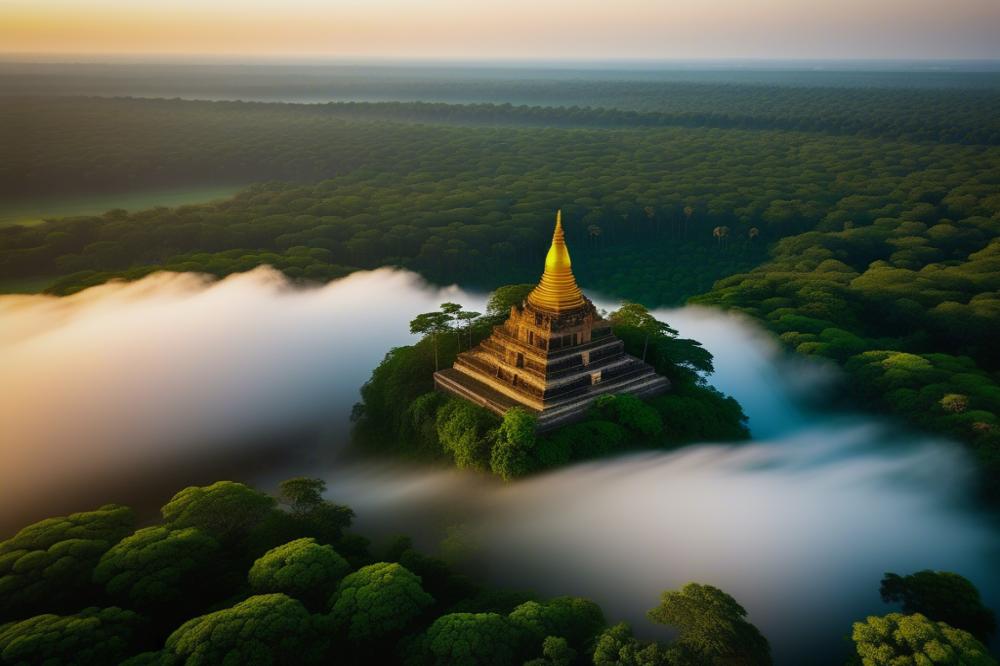
The history of Sambor Prei Kuk stretches back to the 7th century. This site served as an important cultural center in ancient Cambodia. Temples were constructed as early as the reign of King Isanavarman I of the Chenla kingdom. The remains of these structures reflect the craftsmanship and religious life of that era.
Belonging to the Khmer Empire, the site played a vital role in the region’s development. The empire expanded significantly over the centuries, influencing various aspects of culture and architecture. Rulers from this time sought to leave a lasting legacy through grand temples and intricate carvings. Such constructions highlight the devotion to Hinduism and later Buddhism, showing the transition of belief systems in the area.
Several major historical events occurred at this location. After centuries of neglect, archaeologists began excavations in the 20th century. These efforts unveiled many temples and provided insight into the artistic and architectural styles of the time. The discoveries brought attention to the site’s importance in Cambodian history.
UNESCO recognized the archaeological site for its historical significance. In 2017, it was designated as a UNESCO World Heritage site. This honor aims to protect the cultural heritage found there. The status also promotes tourism, allowing visitors a chance to experience rich history firsthand. Many now visit to learn about the ancient architecture and the stories of the Khmer Empire.
Excavations continue today, helping historians understand more about this fascinating place. Research findings contribute to the broader knowledge of Southeast Asian history. Each discovery adds layers to our understanding of the civilization that once thrived here. By examining these remnants, scholars can piece together the life and culture of a remarkable era.
Architectural Features
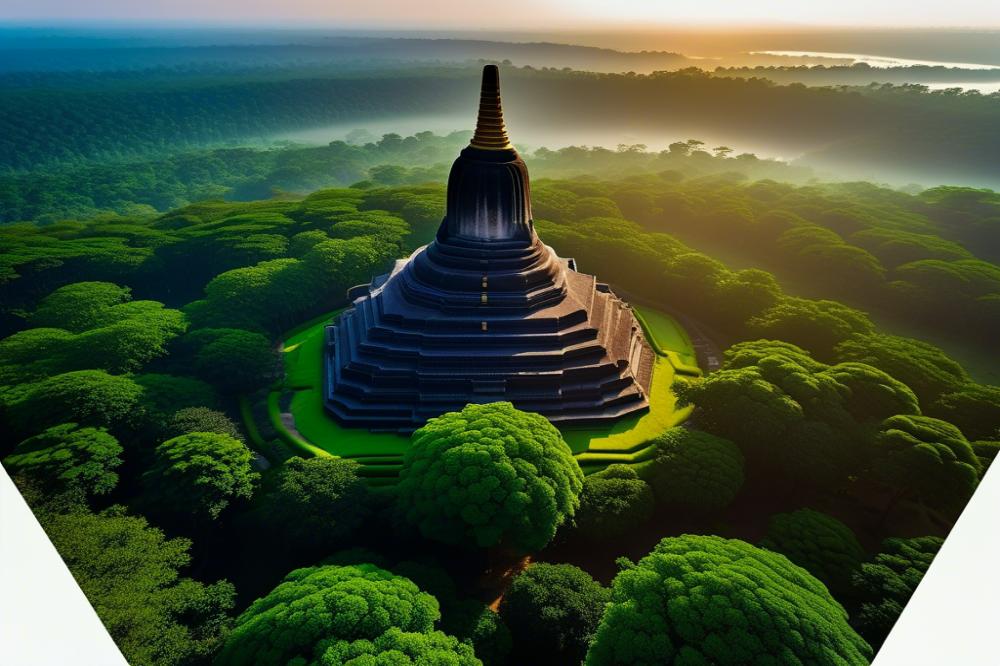
The ancient architecture found at this important archaeological site reveals the skill and creativity of the Khmer builders. Temples here date back to the 7th century and represent some of the earliest examples of Khmer architectural style. Made from sandstone and brick, these structures display a rich interplay between form and function. Each temple showcases detailed carvings and intricate motifs that reflect the religious beliefs of the time.
Unique Temple Designs
Notable is the design of the central sanctuary, typically featuring a cruciform layout. This shape allowed for both aesthetic appeal and structural integrity, which was crucial for the large stone edifices. Each temple often has a sanctuary that is elevated, creating a visual focal point in the landscape. The abundant presence of lotus motifs and other religious symbols serves to enhance the sacred atmosphere of these buildings.
Structural Elements
One defining characteristic is the use of laterite blocks in construction. This material, locally sourced, was both durable and sustainable, fitting well with the environment of Cambodia. The unique architecture included columns and pilasters, providing not only support but also elaborate decorative elements. Roofs typically featured a distinctive shape, often inspired by the mountain of Meru, representing the center of the universe in Hindu mythology.
Comparison with Other Khmer Temples
When compared to other Khmer temples, Sambor Prei Kuk shows significant early influences that later evolved into more elaborate styles seen in Angkor Wat. The sites share similarities, such as the integration of natural elements and iconography. However, this site embodies a simpler, yet profound elegance, which some argue represents the dawn of Khmer architecture. Furthermore, differences in layout and material usage highlight the progression within the art and culture of the Khmer Empire over time.
As a UNESCO World Heritage site, Sambor Prei Kuk attracts researchers and tourists alike. It serves not only as a glimpse into ancient religious practices but also as a symbol of Cambodia’s deep cultural heritage. Ongoing excavations continue to unveil further secrets about this extraordinary site, enriching our understanding of its history and architecture.
Cultural Heritage
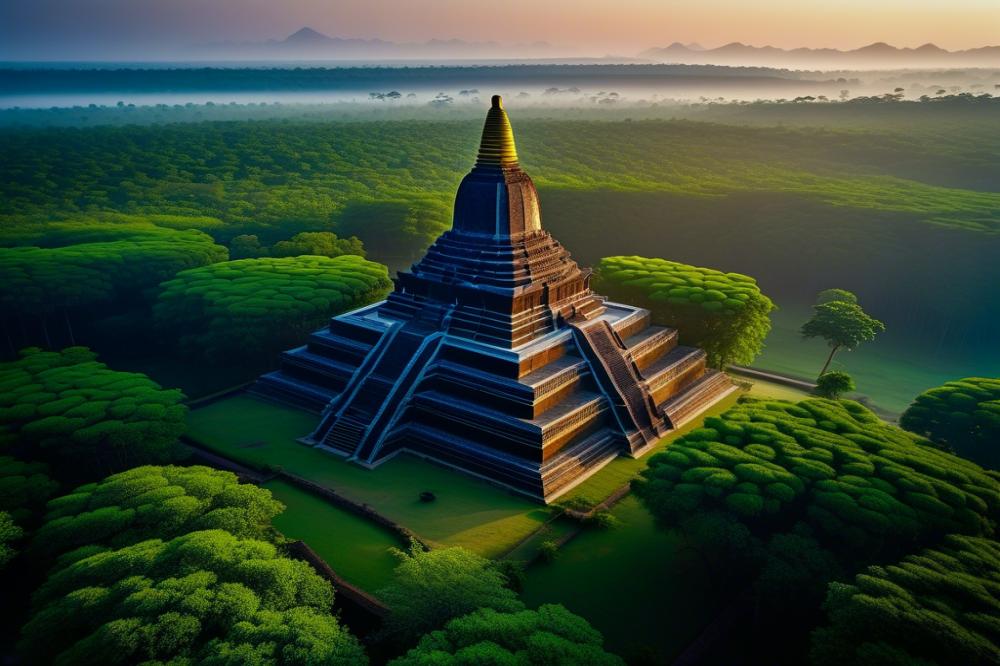
The Role of Sambor Prei Kuk in Cambodian Culture and Identity
Sambor Prei Kuk holds a significant place in the heart of Cambodia. This archaeological site is a window into the country’s past. It represents the legacy of the Khmer Empire. Many Cambodians view it as a source of national pride. Each temple tells a story of ancient civilization. These structures are reminders of the skill and artistry of the time. Visitors to the site often reflect on their heritage. Exploring the site fosters a deeper connection to cultural identity. It also helps in understanding Cambodia’s enduring history.
Insights into Rituals and Practices Associated with the Site
Rituals conducted at Sambor Prei Kuk reveal much about ancient beliefs. The temples were once centers for worship, where people offered prayers and made sacrifices. These practices were essential for maintaining harmony with the gods. Archaeological excavations have unearthed items used in ceremonies. Statues and inscriptions provide clues about spiritual practices. Festivals likely took place here, celebrating key events in the agricultural calendar. Such activities linked the people to their deities, ensuring bountiful harvests. Today, some of these ancient customs still influence local traditions.
Preservation Efforts and the Importance of Cultural Heritage
Preserving Sambor Prei Kuk is vital for future generations. Efforts to maintain the site are ongoing. Local and international organizations work together to protect these temples. UNESCO World Heritage status highlights its importance. This recognition attracts tourism and raises awareness about Cambodian heritage. Preservation activities include restoration and research. They focus on ancient architecture, ensuring that it endures. Programs aim to educate locals and tourists alike. Understanding the significance of such sites enriches cultural appreciation. Responsible tourism supports these initiatives, promoting the value of heritage.
Tourism and Visitor Experience
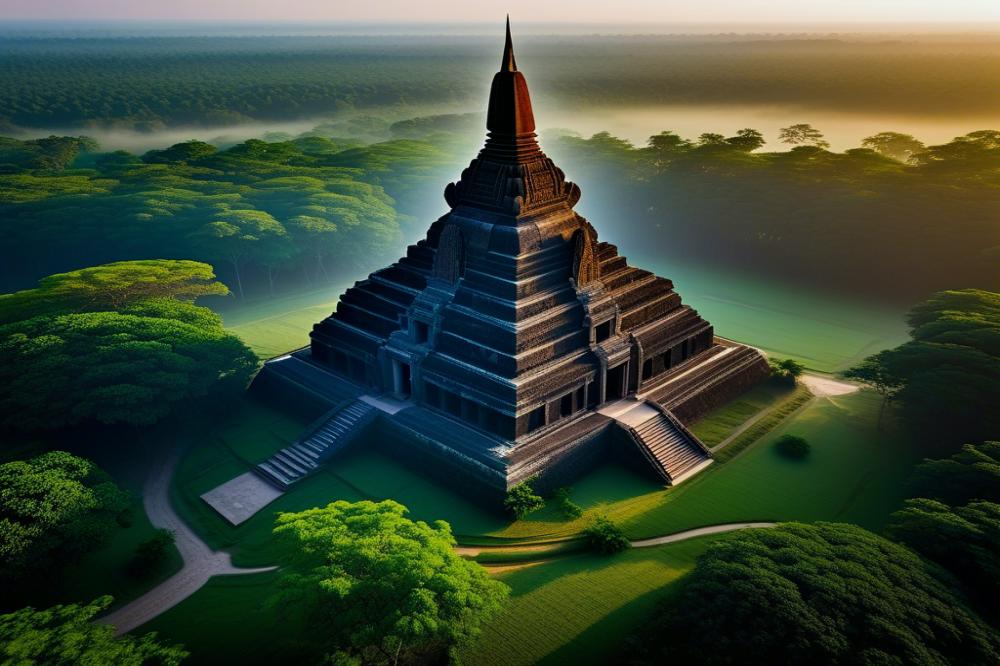
Overview of tourism growth at Sambor Prei Kuk
Tourism in Cambodia has seen significant growth over the past decade. Increasingly, visitors are drawn to its rich history and ancient architecture. The archaeological site near Kampong Thom has become a focal point for many. Once overshadowed by Angkor Wat, it now stands as a UNESCO World Heritage site. Tourists are eager to explore the remnants of the Khmer Empire found here. Improvements in infrastructure have made access easier for travelers. Guided tours provide insights into the history and significance of each temple. More people recognize the value of cultural heritage, and this site showcases it beautifully.
Tips for visiting the archaeological site
When planning a visit, consider the best time to go. The dry season, from November to March, offers the most pleasant weather for exploring. Arriving early in the day helps avoid large crowds. Comfortable footwear is vital due to uneven terrain around the temples. Bringing water and snacks is also recommended, especially during warm days. Engaging with local guides can enhance the experience. They often share stories and background that enrich understanding. Respect the site by observing all posted rules and guidelines. Travelers should also bring cameras to capture the stunning scenery.
Activities and experiences available for tourists
Various activities await tourists at this historical location. Walking tours allow for immersive exploration of the ruins. Discover temples adorned with intricate carvings and ancient designs. Bicycle rentals are an excellent way to navigate the area, offering a fun alternative. Photography enthusiasts will find ample opportunities to capture the beauty of the site. Local vendors sometimes sell crafts that reflect the region’s cultural vibe. Participating in traditional ceremonies or events, when available, adds another layer to the experience. For history buffs, examining the excavation sites can be particularly fascinating. A visit here is not just sightseeing; it’s an immersion into a pivotal part of Cambodian history.
Excavation and Research
Recent Excavation Projects and Findings
Excavation efforts at the ancient site in Cambodia have revealed much about its past. Many researchers have conducted extensive digs to uncover buried structures. Recent projects have focused on exploring the temples and surrounding areas. The findings include artifacts like pottery, tools, and sculptures that date back to the Khmer Empire. Each discovery sheds light on the daily lives of the people who once inhabited the site. This ongoing work helps archaeologists piece together the history of the region.
Scholarly Research Uncovering the Site’s Past
Scholarly research has played a vital role in understanding this archaeological site. Historians and scientists analyze the items found during excavations. Their studies involve dating artifacts and determining their uses in ancient times. This research helps paint a larger picture of cultural practices during the Khmer Empire. By examining ancient architecture, experts can trace influences from different periods. Understanding these details is essential for appreciating the site’s significance in Cambodia’s cultural heritage.
Future Prospects for Archaeological Work and Discoveries
Future archaeological work at Sambor Prei Kuk holds promise for even more discoveries. As technology improves, new methods can uncover hidden layers and objects. Increased interest in tourism may lead to more funding for research and preservation. Preservation is crucial for maintaining the integrity of the site as it attracts visitors. Further excavations could reveal more about historical connections within Southeast Asia. Experts hope these efforts will contribute to a deeper understanding of the region’s past.
Final Thoughts on Sambor Prei Kuk
Exploring Sambor Prei Kuk offers invaluable insights into Cambodia’s rich history. This archaeological site showcases remarkable architecture and cultural achievements of the Funan period. Visitors gain a deeper appreciation for the ancient kingdom that laid the groundwork for future civilizations in the region.
The impact on tourism cannot be overstated. As awareness grows, more travelers seek experiences that connect them with history and tradition. This site attracts a diverse group of people, from historians to curious travelers. Interest in visiting places like Sambor Prei Kuk helps promote conservation efforts, ensuring that its treasures will be preserved for generations to come.
Experiencing this incredible site personally can be life-changing. Walking among the ruins allows for a connection that textbooks alone cannot provide. The stories hidden within the stones invite contemplation and reflection about the lives lived centuries ago. Embracing the chance to witness this heritage helps foster a sense of unity and respect for different cultures.
Travelers should not miss the opportunity to explore this wonder. Sambor Prei Kuk serves as a reminder of the interconnectedness of human history. The lessons learned and stories shared will remain with visitors long after their journey ends.

